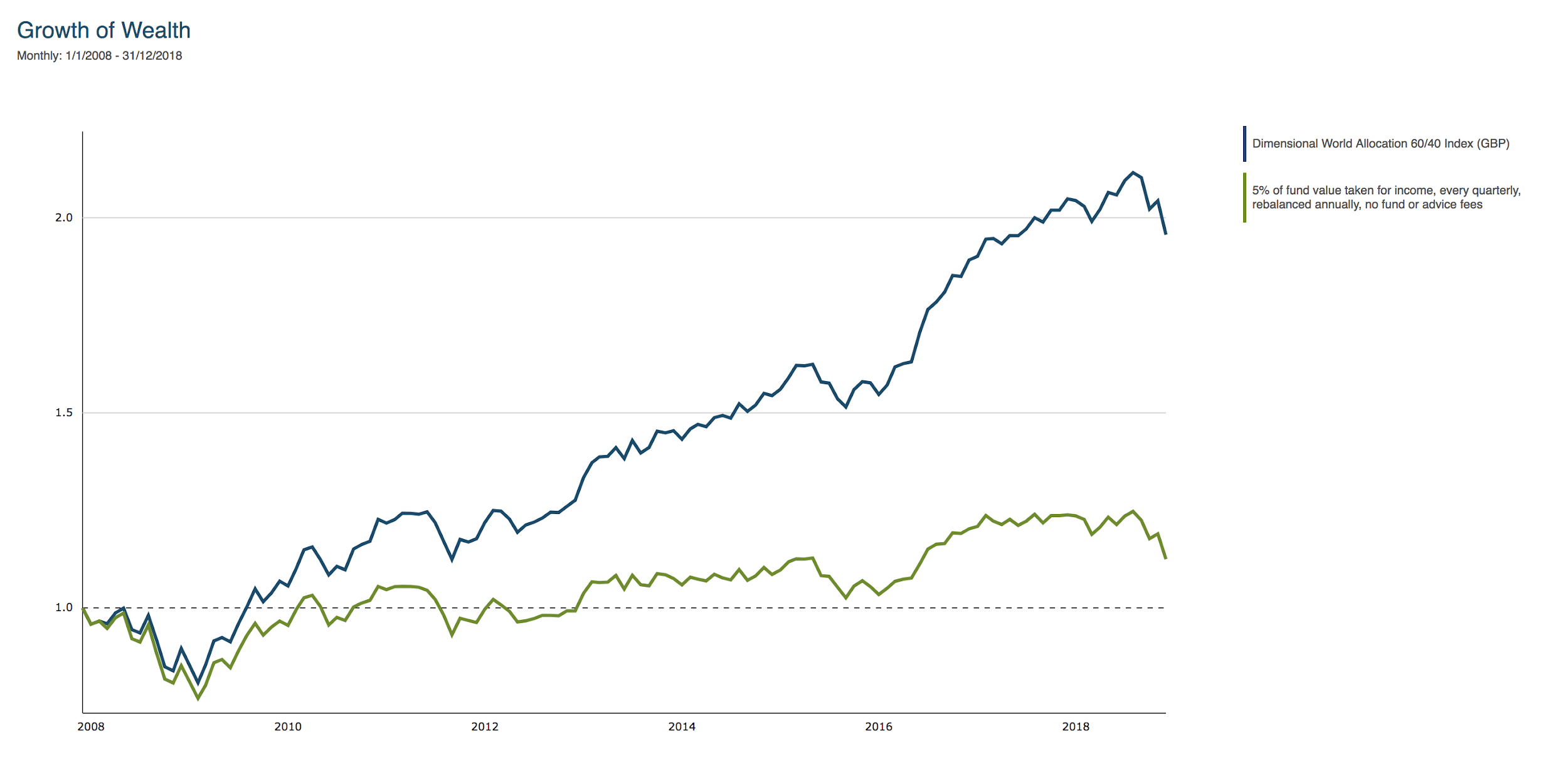
The Benefits of Flexible Working
25th April 2016Why does a small business need forecasting?
There are lots of statistics out there about how many small businesses fail in the first 1, 3, 5, 10 years. Who knows where the data has come from, but regardless of the accuracy, it is clear that a huge proportion of businesses fail in the early years. One of the most important things to ensure you have control of, is your money. Have a good handle on your finances, and you are one step ahead.
One of the biggest mistakes however, is not looking to the future.
You might think that the lump of cash in your bank means you can spend it on something tomorrow (a new hire, more office space), but have you considered the tax liability, the insurance payment, the software fee, that is coming up in the next few months? Have you considered the long term affect that these expenses will have on your business finances? By regularly forecasting in your business, you can make informed decisions based on different scenarios and minimise risk. You’ll also be able to identify any dips or surpluses way ahead of time and act on them accordingly.
How can a forecast be created?
For new businesses, without historic data, the best approach is to use a sensible assumption-based approach (based on similar businesses and trends, business plans, and any goals you may have for the business). This would then require regular updating once actual data is obtained (after Month One!).
For businesses with historic data, you can either base it on the same month as the year before, or simply the previous month. These approaches will differ depending on your business structure, historic data, and future plans.
One of the questions we get asked often is whether you should be optimistic or pessimistic in forecast figures. This can obviously depend on each business, however for the majority of businesses, we would assume sales growth. Depending on the stage of the business, and the structure of staffing and costs, we would also assume an increase in costs. For new businesses, we would recommend erring on the side of caution to ensure you don’t end up with no money at Month Four instead of Month Six. For more established businesses, we can follow a similar pattern from previous periods and provide realistic projections.
In addition to having the realistic cash-flow forecast to monitor the business’ performance, you may wish to also create additional forecasts for different scenarios to see the effect certain decisions have on the business’ cash position.
At Seed Accounting Solutions, we have partnered with Futrli to enable us to pull our clients’ data in from Xero on a continuous basis, ensuring forecasts are the most up-to-date they can possibly be. Utilising the forecast data, we can provide detailed analysis on the performance of the business with visual reports – so much easier to understand than a load of numbers! If you aren’t already a client, and you’d like a demonstration of the software, or would like to discuss this service with us in more detail, please schedule a call with us. For existing clients – you know where to find us!




